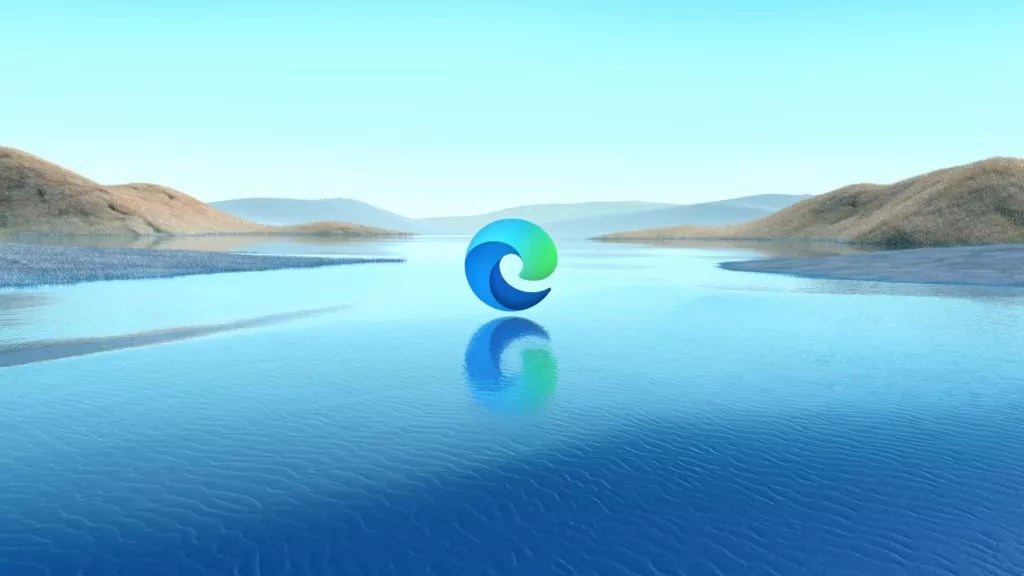Microsoft’s Bing search engine (via PCWorld) presents a clickbait result when you ask how to uninstall Microsoft Edge. While it shows a video with instructions and features the question, “Why can’t I uninstall Microsoft Edge?” the top article is titled “How to Uninstall Microsoft Edge,” with the URL indicating it’s an official Microsoft page. However, clicking the link directs you to the Microsoft Edge homepage, which highlights everything positive about the browser and doesn’t answer your initial query.
Google Chrome is still the leading browser, with StatCounter reporting a 67.08% market share. Safari is at 17.95%, but it’s only available on Apple devices. Microsoft Edge is in third place, with a distant 5.2% market share despite being bundled with Microsoft Windows.
This is unfortunate, especially as Microsoft Edge is a good alternative to Chrome. Both are Chromium-based browsers, so there’s little difference in performance, and it has a few features that could give Chrome a run for its money. For example, it has a RAM limiter, which stops it from hogging your PC’s memory, while it also has a popup feature that highlights extensions that make it run slower.
Since we live in a free society, you can still download and install Chrome on your PC using Microsoft Edge. But if you do this, you’re bound to encounter several popups encouraging you to stick with the built-in browser on your Windows PC. Microsoft may even ask you why you’re ditching Edge for Chrome. Microsoft also created a page that looks like Google when you search for it on Bing, which could fool non-tech-savvy users who want to use Alphabet’s search engine, although it has since taken this down.
Moves like this suggest that Microsoft is desperate to capture market share from Alphabet, especially as its products—namely Google Search, Google Workspace, and Google Chrome—dominate their specific industries. Microsoft is also trying hard to make users switch to Windows 11, especially with the coming demise of Windows 10 in October 2025. Many are still resistant, though, especially with its TPM 2.0 requirement that disqualifies many PC hardware that is otherwise capable of running the operating system.
